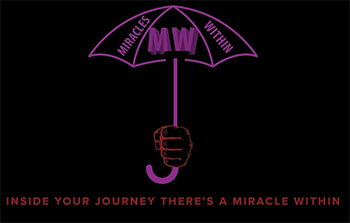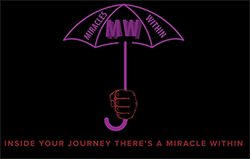Bipolar disorder, also known as manic-depression is a type of mental illness that involves a disorder of affect or mood. The person’s mood usually swings between overly “high” or irritable to sad and hopeless, and then back again, with periods of normal mood in between.
The high (manic) mood associated with manic-depression is sometimes a pleasurable, euphoric and productive state but can involve potentially dangerous lapses of judgment, impulsive and potentially ruinous behavior, and, in the most severe forms, can involve extreme agitation and loss of reason (psychosis). The depressed phase is similar to, and can be confused with, major depression, and involves feelings of sadness, hopelessness and helplessness.
Mental health specialists refer to bipolar disorder by type: Type I bipolar disorder involves extreme upswings in mood (mania) coupled with downward spirals. In Type II, the upward swings are more mild (hypomania), but the frequency and intensity of the depressive phase is often severe. Since the elevated mood states of Type II are relatively mild, they are often missed and the bipolar nature of the illness goes undiagnosed.
CONSUMERS AFFECTED BY BIPLOAR DISORDER
Manic-depression affects more than 2% of the general population over a lifetime. Unfortunately, due to the stigma surrounding the illness, misdiagnosis, and the propensity of those with manic-depression to deny that anything is wrong, only a fraction of these people ever receive treatment. Although the illness can occur at any age, fully half of cases begin before age 20. The disorder occurs about equally in men and women, and, because it tends to run in families, there appears to be a strong genetic link. In addition, this illness can have profound effects on friends and family members.
TREATMENT OPTIONS
Medication: Varying medicines are effective in the treatment of bipolar disorder. Several types of antidepressants can help relieve the depressive phase of the illness, including the newer selective serotonin reuptake inhibitors (SSRIs), which are often combined with a mood-stabilizer such as lithium. SSRIs have proven to be effective, safe, and have relatively minor adverse effects. Lithium salts have been used for many years to stabilize mood swings and remain an important part of manic-depressive treatment. In addition, anticonvulsants, medicines initially used for treating epileptic consumers, have recently proven very effective in treating mania. In acute mania, doctors may also prescribe antipsychotics to help control hallucinations and restore rational thinking. Long-term stability can be enhanced with lithium, and other alternatives are under investigation.
Psychotherapy: Talking therapy can be an important part of treatment for consumers, as well as for their friends and family members. Talking therapy can help eliminate behaviors, thought patterns, problems with current relationships or difficulties in managing the illness that may be caused by or contribute to the disorder.




